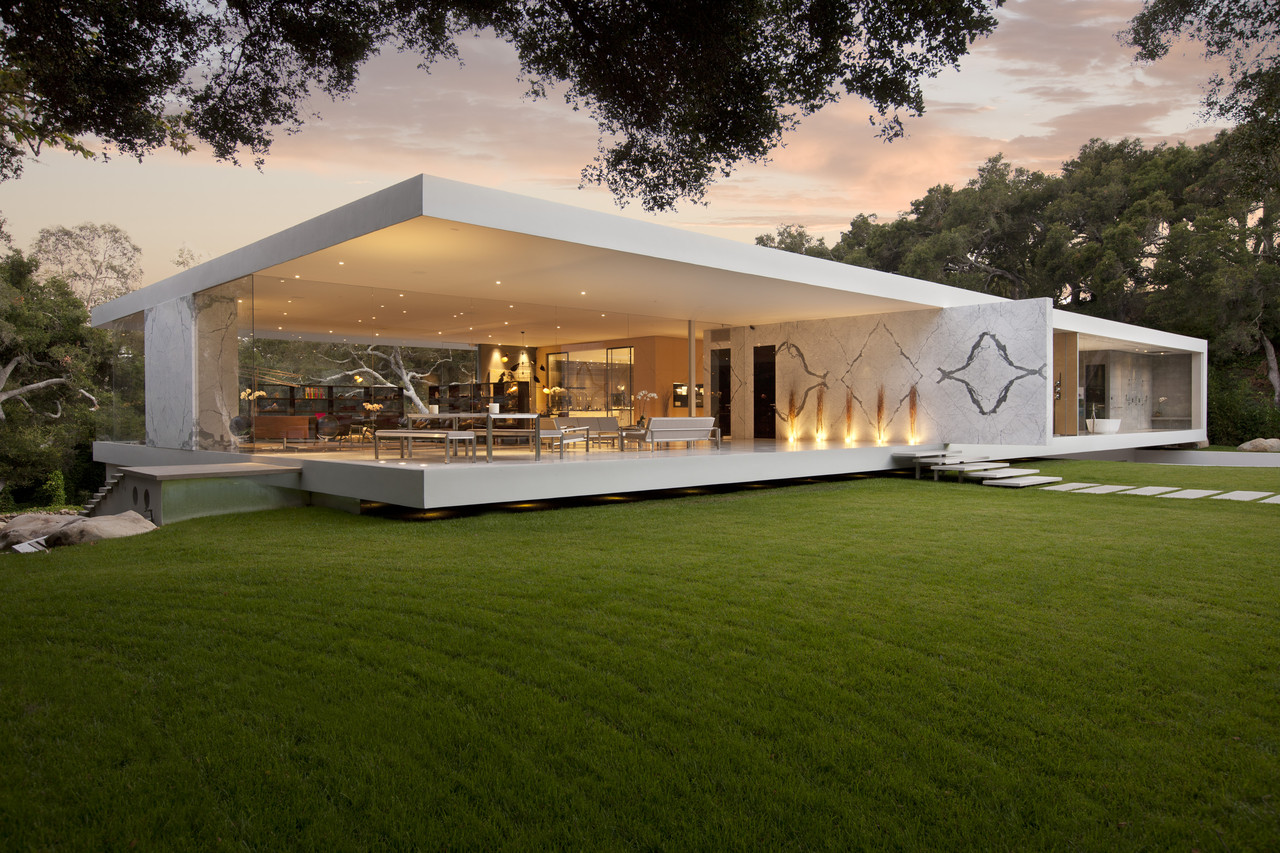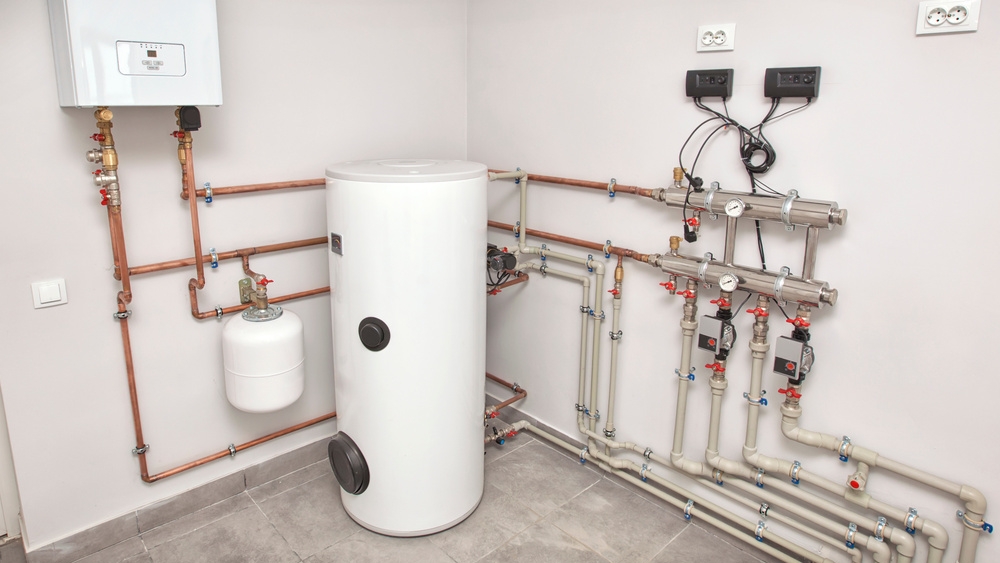Have you ever wondered how to incorporate sustainable solutions into your architectural designs? Increasingly, water tanks are becoming key elements in sustainable architecture. With the right approach, they can offer significant benefits.
Their integration can provide numerous advantages such as rainwater harvesting, thus contributing to water conservation. At watertankfactory.com.au, they supply a wide range of high-quality and durable water tanks you can seamlessly integrate into your next project.
By incorporating our water tanks into your designs, they become part of a system that effectively manages and reuses water resources, demonstrating your commitment to environmentally conscious architecture.
Understanding Sustainable Architecture
Sustainable architecture is an approach that minimizes the environmental impact of building. It prioritizes energy-efficient design, renewable resources, and minimal waste.
Implementing water tanks in construction forms a key element of this practice. It not only conserves water but also reduces reliance on unsustainable water supply.
- Efficient water use: Water collected can be used for irrigating landscapes, flushing toilets, and even for drinking after proper treatment.
- Rainwater harvesting: Implementing rainwater tanks can drastically reduce dependence on municipal water supply.
- Sewage treatment: Large tanks can be used for on-site sewage treatment, further reducing water waste.
- Cooling agent: Stored water can also act as a cooling agent, reducing energy use in climate control.
This sustainable option grants the opportunity to use natural resources more effectively. With careful planning, it can contribute directly to your commitment to preserving the environment.
Sustainable architecture’s goal goes far beyond aesthetic value – it provides a framework for living responsibly and resourcefully. Discover more about sustainable strategies on ArchDaily.
Eco-Friendly Energy and Water Usage
You may ponder how water tanks fit into sustainable architecture. Their role is significant and multi-faceted in contributing towards eco-friendly energy and water usage.
Energy Saving Aspects
Integrating water tanks can aid in achieving optimal energy efficiency. They significantly reduce reliance on grid-dependent energy sources, thereby promoting sustainability.
Through conserving rainwater, you’re indirectly saving energy. The process of treating and pumping municipal water requires substantial electricity. Your green journey starts here.
Good for Environment
Collecting rainwater diminishes stormwater runoff, protecting local ecosystems from pollution. Moreover, stored water can serve household needs, immensely reducing mains water usage.
The ecological footprint of harvesting rainwater is exceptionally small. Furthermore, this practice demonstrates a thoughtful commitment to safeguarding our environment’s healthiness.
Versatile Applications
Collected rainwater isn’t just for gardening. You can use it for washing your vehicles, flushing toilets, laundry, and other household applications without treatment.
Rainwater, when filtered properly, can even serve as a drinking source. Notably, this highlights the versatility of incorporating water tanks in sustainable architecture.
Incorporating Water Tanks in Design
You may find that incorporating water tanks into your structure’s design can be a sustainable solution, beneficial both ecologically and economically.
Not only do they collect rainwater, but with proper integration, they can also considerably enhance the building’s overall aesthetic appeal.
- Reduce water usage: Collecting rainwater reduces your dependence on mainstream water supply thereby reducing water bills.
- Lower energy consumption: They minimize the need for additional cooling systems as water tanks can naturally cool down buildings.
- Maintain landscape health: The collected water can be used to maintain the surrounding greeneries in dry seasons.
- Boost property value: Given their benefits, properties with integrated water tanks tend to have increased worth.
You may also consider these tanks as an emergency water supply, especially useful during times of natural calamities or supply disruptions.
The architectural possibilities are endless with water tanks; they can truly revolutionize your approach to eco-conscious design.
Adaptive and Modular Spaces
Water tanks are pivotal elements in constructing modular, adaptive buildings. They add value not only for water storage, but also in combating extreme climate conditions.
These structures contribute greatly to sustainability by using resources more efficiently. Spaces with water tanks installed can adapt to various uses depending on specific needs.
- Flexibility: Adaptive spaces with water tanks can serve different purposes – residential, farming, or commercial use, without major alterations.
- Durability: These structures can withstand harsh environmental factors due to their robust design enabled with water tanks.
- Efficiency: When incorporated in architecture, water tanks enhance energy efficiency reducing operational costs over time.
- Aesthetic Appeal: In addition to their functional aspects, these integrated units offer an elegant modern flair to architectural designs.
You can access detailed examples of such innovative habitats from here.
The alignment of water tanks with adaptive spaces mirrors the sustainable principle of regenerative design, echoing nature’s capacity for resilience and self-repair.
As a developer or a homeowner looking for sustainable solutions, understanding the potential of incorporating water tanks in architecture is a must.
The History of Sustainable Architecture
Green architecture, environmental building designs, and self-sustaining homes are not new concepts. As early as 1970, architects incorporated sustainability to combat environmental problems.
Evolving Sustainability Concept
This evolved from merely energy concerns to encompassing a broader philosophy. It included the well-being of the occupants and utilization of local resources.
It also started to factor things like waste management and life-cycle considerations into designs. Thus adding another layer to the complexity of sustainable design principles.
Water Tanks in Architecture
Water tanks, traditionally ignored in architectural design, saw multi-functional utility in these sustainable layouts. They became integral design elements contributing positively to the environment.
From Architectural Review, we learn that innovative methods are being used to integrate these tanks harmoniously into residential and commercial structures.
The Current Scenario
Led by visionary architects, sustainable practices have significantly developed over the decades. The use of water tanks is now a common standard in green construction.
Your surroundings interact with nature while preserving its integrity for future generations. This continuous collaboration aims to achieve a balance between efficiency and conservation.
Inspiring Examples of Sustainable Architecture
Perhaps, nothing exemplifies the spirit of sustainable architecture better than incorporating water tanks. The invaluable resource they store is used in diverse ways.
Benefits of Water Tanks
Water tanks in buildings help conserve water. They harvest rainwater which can be put to use thus reducing the dependence on municipal supplies.
This eco-friendly method also cuts down your water bills, making it an economical choice too.
NEXUS eWater System
The NEXUS eWater system recycles greywater, transforms it into reusable and heat energy; an excellent illustration of sustainable design and resource efficiency.
Used in the ‘NEXUS Houses,’ they have achieved 74% lower water use compared to traditional households.
One Central Park, Sydney
One Central Park in Sydney has integrated green elements into its architecture for active environmental cooling and heating purposes. It’s a paragon of sustainable architecture.
The edifice features a vast rooftop water harvesting system that collects and recycles water for irrigation and other uses.
Challenges and Solutions in Sustainable Architecture
As architectural design evolves, innovative methods are used for sustainability, such as the incorporation of water tanks.
Why Use Water Tanks in Architecture?
Water tanks provide a renewable source of water for various uses, reducing reliance on external resources and promoting sustainable practices.
What’s the Benefit of Utilizing Rainwater?
Rainwater is a free and natural resource that can be collected, stored in tanks, and utilized for daily purposes such as irrigation or plumbing.
How Does Water Storage Impact Energy Efficiency?
Storing harvested rainwater alleviates demand from municipal systems, curbing energy usage, lowering costs, and initiating a cycle of conservation at large.
Are Water Tanks Feasible for All Architectural Designs?
While it may be more troublesome for some structures, innovative designs extend possibilities for most buildings to accommodate a water tank system.
What Aids in Making Tank Integration Seamless?
Incorporating tanks from the design inception, along with efficient plumbing strategies, enhances integration while upholding aesthetic appeal.
What Makes Education About This Crucial?
Awareness about this unique approach influences more architects and homeowners to adopt sustainable alternatives, driving positive environmental impact.
Your Sustainable Future
With information at your fingertips, it’s time to act. Incorporate water tanks in your sustainable architectural designs. Remember, you’re not just building a structure, you’re fostering a sustainable future. Take the challenge and be part of the solution.











